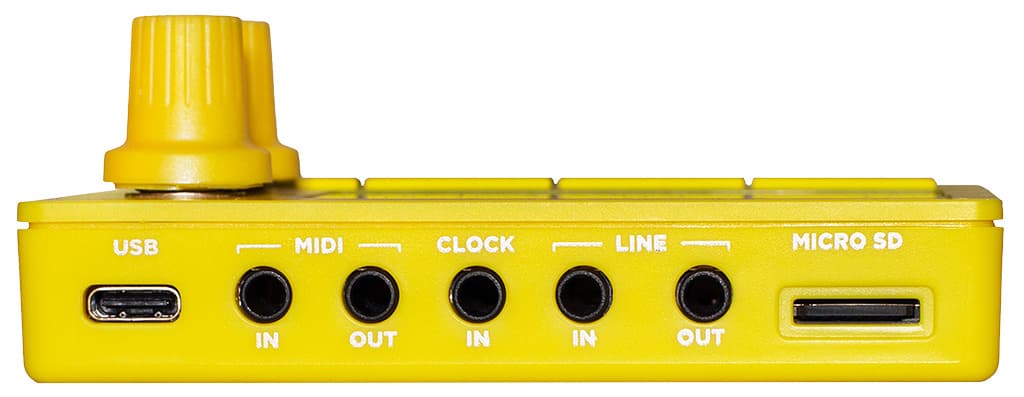
Review: 1010 Music Nanobox Lemondrop
A collectible micro synth with an individualistic take on one of the tweakier forms of synthesis.
There’s something instantly collectible about the Lemondrop. I wanted to possess the set before I even knew there was a set.
Turns out Lemondrop does have a Fireball wavetable sibling — its flaming livery a stunning counterpoint to the Lemondrop citrus.
I’m only being slightly facetious. Of course, Lemondrop’s sound and features matter most, but you’ve got to admit: there’s something instantly endearing about it!
1010 Music is almost the definition of a ‘boutique’ synth designer. Its compact range includes a couple of Eurorack-format sampling modules and similar sampling/recording desktop devices. Now we have Nanobox, with the aforementioned Fireball and the Lemondrop.
The two Nanobox instruments are brightly coloured and adhere to the same form factor: a plastic desktop chassis the size of a small hard drive, with two encoders, four nav buttons and a two-inch touchscreen.

WAITING FOR THE DROP
Lemondrop looks cute but don’t let that fool you; it’s a full-blown four-voice granular synth.
My experience with granular synthesis has primarily been with the Grain soft synth in Reason. Yours might be Granular in Live.
Lemondrop is more than the equal of those instruments. For starters, each Lemondrop sound is comprised of three ‘oscillators’ — two granulators and one conventional oscillator. Immediately, you have scope for a more sophisticated sound, thanks to the manner in which you can tweak each of the oscillators and the way they interact.
There are some sample editing parameters that are entirely expected — such as pitch (±2 octaves), level, grain density and size — while there are others that really mess with sound, either imbuing some random characteristics or, if you prefer, locking it to a clock source and giving your sound an almost wave-sequenced strong rhythmic quality.
The home screen provides you with easy access to the Filter and Envelope section, along with an LFO and FX. There are two main effects engines. FX1 for modulation effects and FX2 for delay and reverb.
The presets are often dripping in effects, and why not. They sound good and many of the sounds lend themselves to long verbs, big delays and fat choruses.
For real-time tweaking, an X/Y Kaoss Pad-style interface is only a single button press away.
NEED TO KNOW
Music Nanobox Lemondrop
Granular Synthesizer
WITH THE GRAIN
If you like other-worldly samples for creating unique sound beds, then granular synthesis is for you. You can even load in your own samples into Lemondrop and create patches from scratch. The Nanobox range relies on cheap and easily-accessible Micro SD cards for memory, so the sky’s the limit on what you can sample.
Alternatively, if you’re after instant sonic gratification and a wide assortment of sounds, then granular synthesis and the Lemondrop won’t be your bag of chips.
What’s more, it’s worth noting that Lemondrop (and other Nanoboxes) are designed for supreme portability and immediate ‘fun factor’ rather than being a sound designer’s best friend — the UI doesn’t lend itself to prolonged, deep-dive editing.
Where it’s a total bullseye: highly-individual granular synthesis sonics, that will occupy a role in your productions that other synths can’t hope to emulate. Have a listen to the demo and you’ll instantly know whether this is the droid you’ve been looking for.
But buyer beware: you may not be able to stop at one Nanobox!
























RESPONSES